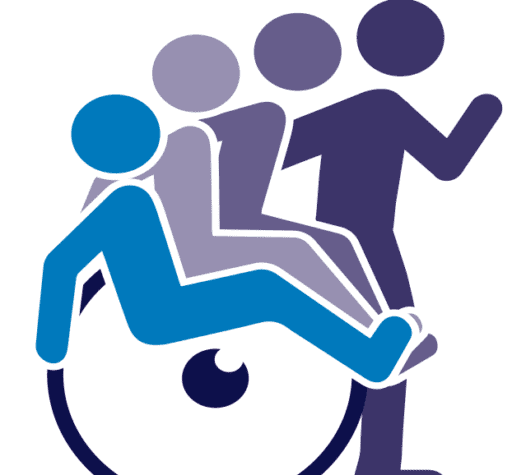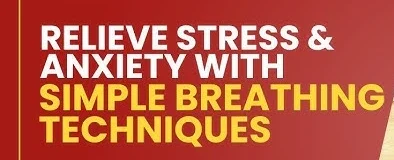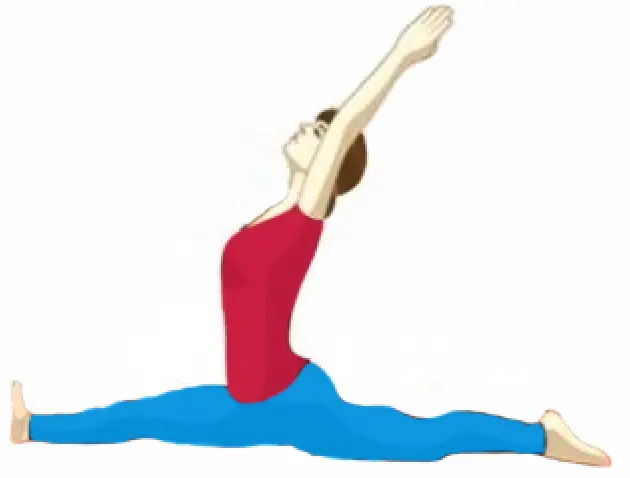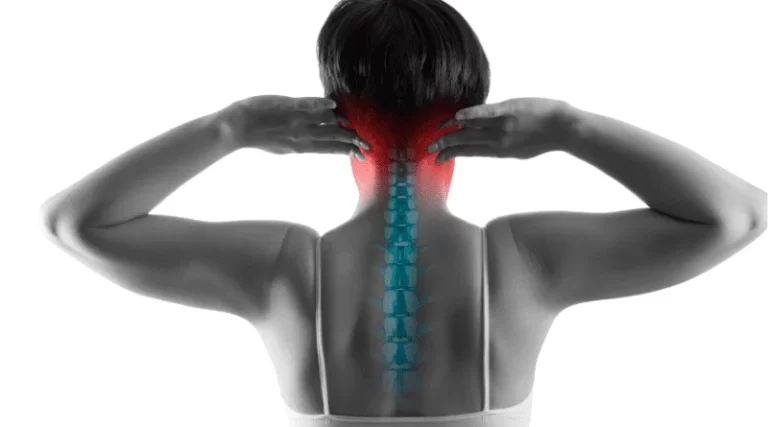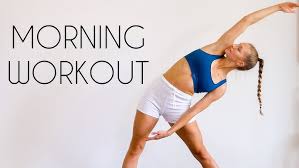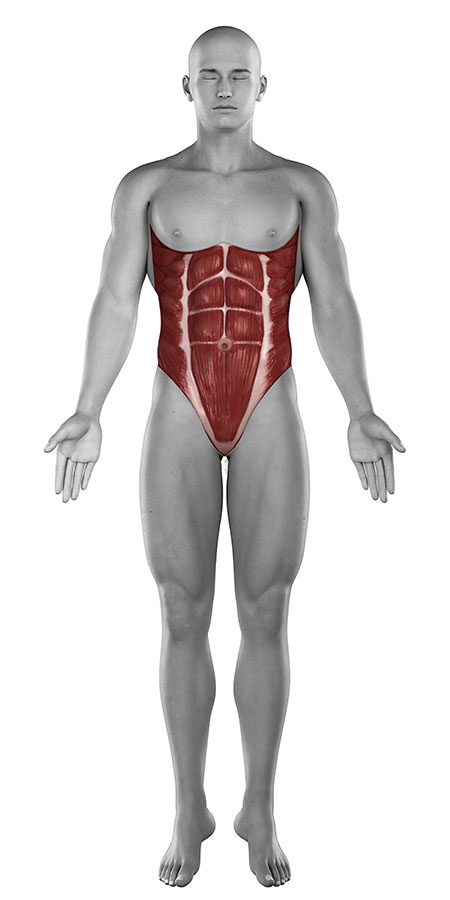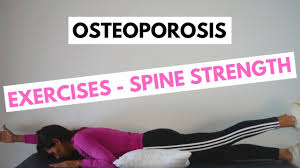Simple Breathing Exercises
A few breathing techniques could help you feel more at ease and relaxed if you’re experiencing a lot of stress. It’s sufficient to have a peaceful area where you may focus on your breathing.
Table of Contents
What is Breathing Exercise?
- Breathing exercises are one kind of lung exercise. They reduce stress and anxiety, assist in managing specific medical disorders, and enhance lung function and efficiency.
- Both those with normal lung function and those with lung disease can benefit from breathing exercises.
- A lot of medical professionals advise breathing techniques as part of a therapy plan for disorders, including high blood pressure, asthma, and chronic obstructive pulmonary disease (COPD).
- Additionally, the symptoms of mental health disorders like depression, anxiety, or panic disorder might be lessened by breathing exercises.
Benefits of Breathing Exercise
- Reduce Asthma Symptoms
- Lower Blood Pressure
- Decrease Anxiety and Stress
- Reduce Pain
- Manage COPD Breathing Difficulties
Reduce Asthma Symptoms:
- In America, one in thirteen persons suffers from asthma, a chronic lung disease. People with asthma typically suffer breathing difficulties when they exercise, come in touch with pollen, have a cold or flu virus, or spend time in chilly air.
- There is no known cure for asthma, although there are several medications that can help control it.
- Breathing techniques may help control asthma symptoms, according to some research, but it is limited.
- According to one study, breathing techniques can help those with mild to moderate asthma with their hyperventilation symptoms. Additionally, these workouts may enhance quality of life and lung function.
Lower Blood Pressure:
- Heart disease, stroke, and renal failure are among the illnesses that are more likely to occur in people with hypertension (high blood pressure). Less than ten breaths per minute, combined with slow, rhythmic exhalations, is known as “slow breathing.”
- It can lower adrenaline, raise endorphins, calm the body, and even lessen blood acidity. Blood pressure can also be lowered by it.
- Slow or regulated breathing may be a useful strategy for managing hypertension, according to an analysis of 17 studies, particularly in those with pre-hypertension or minimal cardiac risk factors.
- Even younger people who are reluctant to take medicine could find it to be a useful substitute.
Decrease Anxiety and Stress:
- Numerous people are impacted by stress and worry on a daily basis. At some time in their life, almost 30% of individuals suffer from anxiety problems.
- When combined with additional therapies and therapy, breathing techniques can be a useful tool for managing disorders such as generalized anxiety disorder. Exercises like these help lower stress levels, elevate mood, and slow down breathing and heart rate. They could work better than mindfulness in some circumstances.
- Exercises involving breathing help reduce the stress hormone cortisol levels. People who learned diaphragmatic breathing techniques over the course of eight weeks in one small study showed noticeably greater attention rates and considerably lower cortisol levels.
Reduce Pain:
- Intentional breathing has been shown in several reviews and research to produce both acute (short-term) and chronic pain.
- For instance, a review of seven trials revealed that SDB decreased both acute labor pain and acute post-operative pain.
- According to a different analysis of 13 trials, breathing techniques helped people with chronic low back pain.
- Breathing techniques have also been demonstrated to shorten the time of labor.
Manage COPD Breathing Difficulties:
- A collection of long-term, progressive lung conditions known as COPD restricts lung airflow. In pulmonary rehabilitation programs, breathing techniques like diaphragmatic breathing are frequently taught to people with COPD.
- Their medical professionals may also suggest different breathing methods to enhance lung function and efficiency and raise oxygen levels.
- Diaphragmatic breathing, pursed lip breathing, and exercise may help patients with COPD breathe easier and live better lives, according to one review.
- According to a different study, breathing exercises improve pulmonary function, exercise endurance, and respiratory muscle thickness. Dyspnea, or shortness of breath, may be lessened by it.
Breathing Exercise Video
Types of Breathing Exercise
- Diaphragmatic breathing
- Box Breathing
- Alternate nostril breathing
- 4-7-8 breathing
- Progressive Muscle Relaxation With Breathing
Diaphragmatic breathing:
- For patients with chronic obstructive pulmonary disease, doctors typically advise diaphragmatic breathing. Additionally, it may help lower anxiety, according to a 2017 study.
- One has to begin sitting up or lying down. Afterward, they can:
- Place one hand on your tummy, then on your chest.
- Pay attention to the rise of your stomach as you inhale through your nostrils.
- Exhale via pursed lips, paying attention to the lowering of the stomach.
- Do the cycle again.
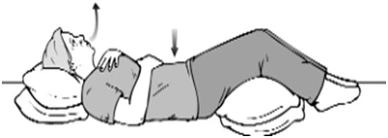
Box Breathing:
- The US military was the first to develop box breathing, often known as tactical or square breathing.
- They frequently employ this breathing technique to reduce stress and enhance performance.
- The steps to be performed:
- For four counts, inhale through your nose.
- For four counts, hold your breath.
- Take a four-count breath out through your mouth.
- For four counts, hold your breath.
- Continue this cycle for a few minutes.
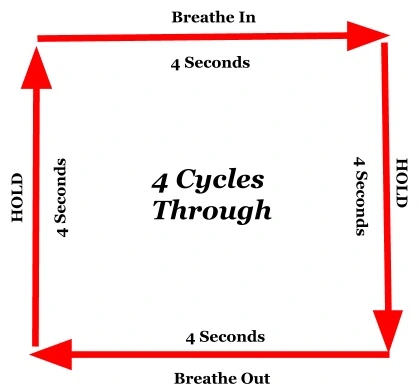
Alternate nostril breathing:
- The breathing technique known as alternate nostril breathing, or Nadi Shodhana Pranayama in Sanskrit, is used to promote relaxation.
- This breathing method has been demonstrated to reduce heart rate and improve cardiovascular function.
- The optimal time to perform Nadi Shodhana is when you are not eating. Avoid practice if you’re feeling ill or crowded. Maintain steady and fluid breathing throughout the exercise.
- In order to accomplish this:
- Pick a seat that is comfortable for you.
- Press your first and middle fingers down into your palm while keeping your other fingers outstretched as you raise your right hand toward your nose.
- Close your left nostril after inhaling using your right pinky and ring fingers.
- After taking a breath via your right nostril, seal it.
- To exhale via your left nostril, let go of your fingers and open it.
- Maintain this breathing technique for a maximum of five minutes.
- Use a left-sided exhale to round off your session.
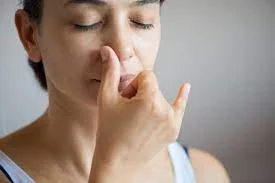
4-7-8 breathing:
Anywhere is a good place to use this quick and easy method of relaxation.
The ideal position for a person to sit is with their back straight and their tongue resting on the back of their upper front teeth.
Afterward, they can:
- Exhale with a whooshing sound from your mouth.
- While holding your breath, count to seven.
- Create a whooshing sound while exhaling through your lips, counting to eight as you release the breath.
- Breathe in and out three times.
Progressive Muscle Relaxation With Breathing:
PMR is a simple at-home approach. No specific tools or equipment are required. All you require is concentration, focus, and a peaceful location free from distractions.
- This method involves tightening each muscle group for five seconds, then letting them completely relax for 10 to 20 seconds before continuing to the next group, followed by an exhale.
- Begin by sitting or lying down. Let your whole body relax. Breathe slowly and deeply five times.
- Raise your toes high. Hold, then release.
- Bring your toes down. Hold, then release.
- Then contract and relax your calf muscles.
- Bring your knees closer together. Hold, then release.
- Tighten the muscles in your thighs. Hold, then release.
- Make your hands clenched. Hold on, then release.
- Make your arms tense. Hold, then release.
- Squeeze your buttocks. Hold on, then release.
- Make your abdominal muscles contract. Hold on, then release.
- Tighten your chest and take a breath. Hold, release, and exhale.
- Your shoulders should be raised to your ears. Stop, then release.
- Keep your lips pursed. Hold and then let go.
- Your mouth should be wide open. Grab, then release.
- Shut your eyes. Pause, then let go.
- Raise your eyebrows. Hold and then let go.
When to Do Breathing Exercises?
- Despite their seeming simplicity, breathing exercises can be more difficult than people think, particularly for individuals who are not used to using their lungs or have chronic lung diseases. Going slowly and taking your time may be necessary to allow your lungs to become used to their new “workout.”
- Don’t use breathing techniques for the first time while you’re feeling really stressed or anxious if you want to use them to decompress, induce relaxation, or lessen anxiety. Rather, schedule them for when you have some free time and can concentrate on the methods.
- When and how frequently to perform them might be advised by your therapist or healthcare professional. In one study, participants who engaged in deep breathing exercises for 10 minutes twice a day for nine months reported feeling less stressed than those who did not.
- According to different research, breathing techniques increase quality of life, decrease back pain, and enhance lung function when done two to three times a week for four to eight weeks.
When to Consult a Medical Professional
- Dyspnea, often known as shortness of breath, affects millions of individuals on a regular basis. Though it can also be an indication of a significant medical problem, worry or anxiety can occasionally be the underlying reason.
- For example, pulmonary embolism (a blood clot in the lungs), anaphylaxis, heart attacks, and other conditions can all be indicated by dyspnea. Shortness of breath can also be brought on by an underlying medical disease, such as heart failure, COPD, or asthma.
- Breathing that becomes difficult or problematic for no obvious reason may indicate a significant medical issue and should be sent to your healthcare professional, according to the American Lung Association.
- A persistent cough or a wheeze (a whistling sound in your chest) while you breathe in and out should be reported to a healthcare professional.
- If your shortness of breath is accompanied by symptoms such as nausea, fainting, or chest pain or pressure, get medical help right away.
Summary
- Breathing exercises are an effective method to control your breathing rate, increase lung function, and reduce tension and anxiety. Practicing breathing techniques regularly can enhance lung function and alleviate symptoms related to a number of illnesses.
- If you get dizziness, chest discomfort, or trouble breathing, or if you take 30 more breaths per minute, you should see a doctor right away. Breathlessness can occasionally be an indication of an underlying medical issue that requires treatment or a medical emergency.
FAQ’s
The relaxing 4-7-8 breathing technique includes four seconds of inhalation, seven seconds of holding, and eight seconds of exhale. This breathing pattern is intended to assist with lower anxiety, encourage relaxation, and maybe facilitate sleep. It is based on the theory that prolonging the exhale helps relax the nervous system and is a kind of pranayama, a yogic breath-regulation technique.
Allow your breath to naturally descend as far as it feels comfortable in your abdomen. Inhale via your nose and exhale through your mouth. Take regular, soft breaths. If this helps, gently release it while counting from 1 to 5 once again.
Many studies have demonstrated the advantages of diaphragmatic breathing, sometimes known as belly breathing. According to research that was published in Frontiers in Psychology, it can lessen the detrimental physiological and psychological effects of stress in healthy persons.
References:
- Cronkleton, E. (2024, May 17). 10 breathing exercises to try when you’re feeling stressed. Healthline. https://www.healthline.com/health/breathing-exercise
- 5 Breathing techniques for lung strength and stress relief | Parkway Cancer Centre India. (n.d.). Parkway Cancer. https://www.parkwaycancercentre.com/in/news-events/news-articles/news-articles-details/5-breathing-techniques-for-lung-strength-and-stress-relief
- Barrell, A. (2020, June 2). 5 breathing exercises for anxiety and how to do them. https://www.medicalnewstoday.com/articles/breathing-exercises-for-anxiety#alternatives
- Gordon, S. (2024, May 29). The benefits of breathing exercises, plus 6 types to try. Health. https://www.health.com/breathing-exercises-8646630
- Nunez, K. (2025, July 22). The benefits of progressive muscle relaxation and how to do it. Healthline. https://www.healthline.com/health/progressive-muscle-relaxation#beginner-tips
